Exploration is not only a matter of discovery, of intimacy with solitude and even less of an ideal in itself; it is also and above all confrontation. Against nature, which is often hostile, and against large mammals who will do everything to steal the title from you. What title? That of having first explored the Northwest Passage which connects the Atlantic to the Pacific, for example. Or the name of a gulf, a sea and a glacier and, why, not the South Pole. Let's talk today about the Norwegian Roald Amundsen (1872-1928).
“If you want to progress towards infinity, explore the finite in all directions.” Goethe
According to his mother's wishes, Roald Amundsen was destined for medicine, but the triumphant return of Fridtjof Nansen after crossing Greenland on skis made the young boy want to embark on a completely different path:polar exploration.
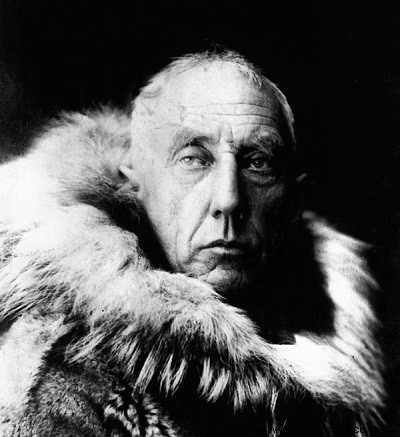
After the death of his mother and failed studies, he embarked on a sealer as a sailor. At twenty-five, his dream took shape when he took part in Adrien de Gerlache's Antarctic expedition, as second in command of the Belgica .
He became friends with the ship's doctor, Frederick Cook, who played a key role in the success of the wintering (ships' time off during the winter). Indeed, Cook saved the sailors from scurvy by making them eat penguin meat!
For his first personal expedition, Amundsen decided to attempt the Northwest Passage, which connects the Atlantic to the Pacific through the great Canadian North. No explorer had ever done it; Christopher Columbus, Jean Cabot, Jacques Cartier, all of them had dreamed of it. Amundsen met Nansen, who supported the project and provided him with a scientific objective:the search for the magnetic pole. Amundsen sailed on June 16, 1903, debt-ridden, with six men aboard a sealer.
During three winterings, he took magnetic measurements and became close to the Netsilik Inuit. On August 30, 1906, she successfully reached the port of Nome in Alaska.
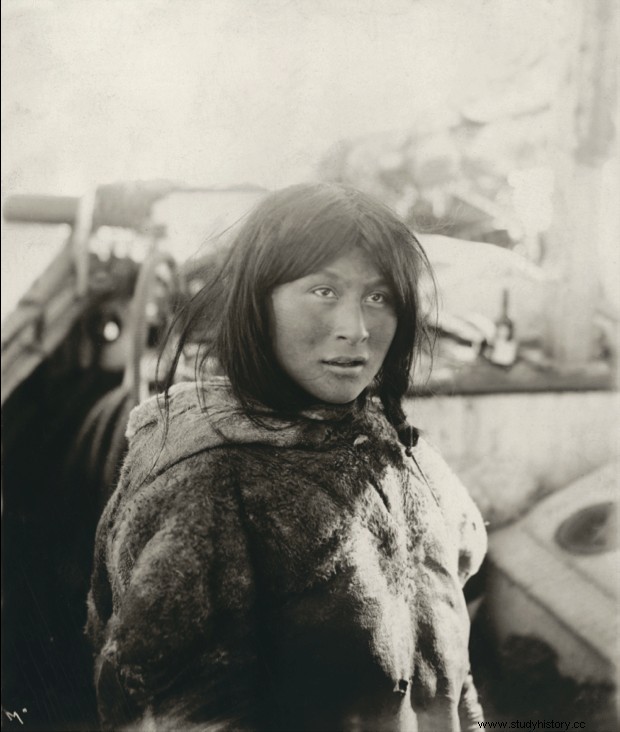
Amundsen's next plan, to drift across the North Pole aboard Fridtjof Nansen's old ship, the Fram, is affected by the news that American explorer Robert E. Peary reached the North Pole in April 1909. , but he continues his preparations. When Amundsen left Norway in June 1910, no one but his brother knew he was heading for the South Pole rather than the North Pole. He navigates the Fram directly from the Madeira Islands to Whales Bay, Antarctica along the Ross Sea. The base he set up there was 100 km closer to the pole than the Antarctic base of English explorer Robert Falcon Scott, who was leading a rival expedition with the same objective. An experienced polar traveler, Amundsen prepared carefully for the journey ahead, making a preliminary trip to drop off food supplies along the first leg of his journey to the pole and back. To transport his supplies, he used sled dogs, while Scott relied on Siberian ponies.
After a year of preparation, he left on October 19, 1911 with four men and fifty-two sled dogs, aboard a schooner, the Fram, which Nansen had entrusted to him. The race for the flag began with the Englishman Robert Falcon Scott. Amundsen hit the mark on December 14, 1911. Meanwhile, Scott had reached the South Pole on January 17, but on a difficult return trip he and all his men perished. The explorers recorded scientific data at the pole before beginning the return trip on December 17, and they reached their base at Baie des Baleines on January 25, 1912.
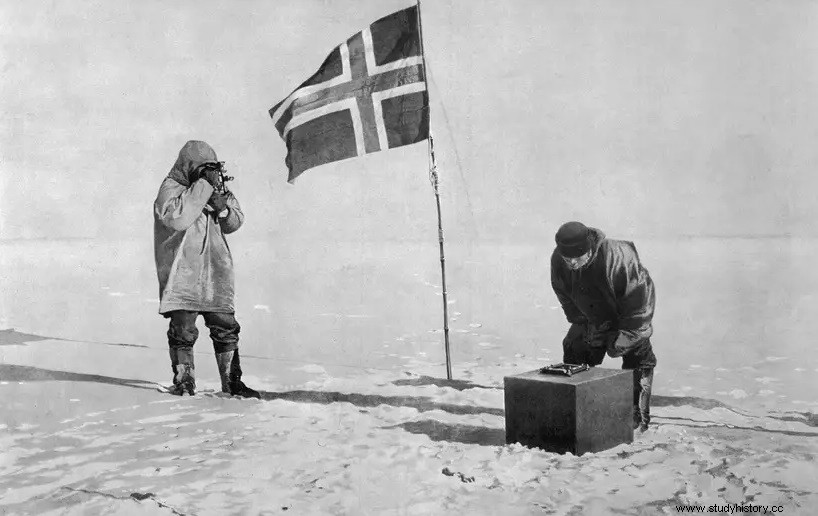
After the war, Amundsen decided with the help of the American patron Lincoln Ellsworth, to fly over the North Pole. The operation, first carried out on board seaplanes, failed twice. He finally opted for a trip aboard the airship Norge, designed and piloted by Umberto Nobile.
Leaving from Norway, they flew for three days to connect Alaska. Richard Byrd with his Fokker plane would have beaten them to the wire, on the other hand Amundsen made the first non-stop connection, opening the polar air route. He disappeared at the age of fifty-six looking for Nobile's expedition, lost in the Far North. His body was never found.
The Belgica :
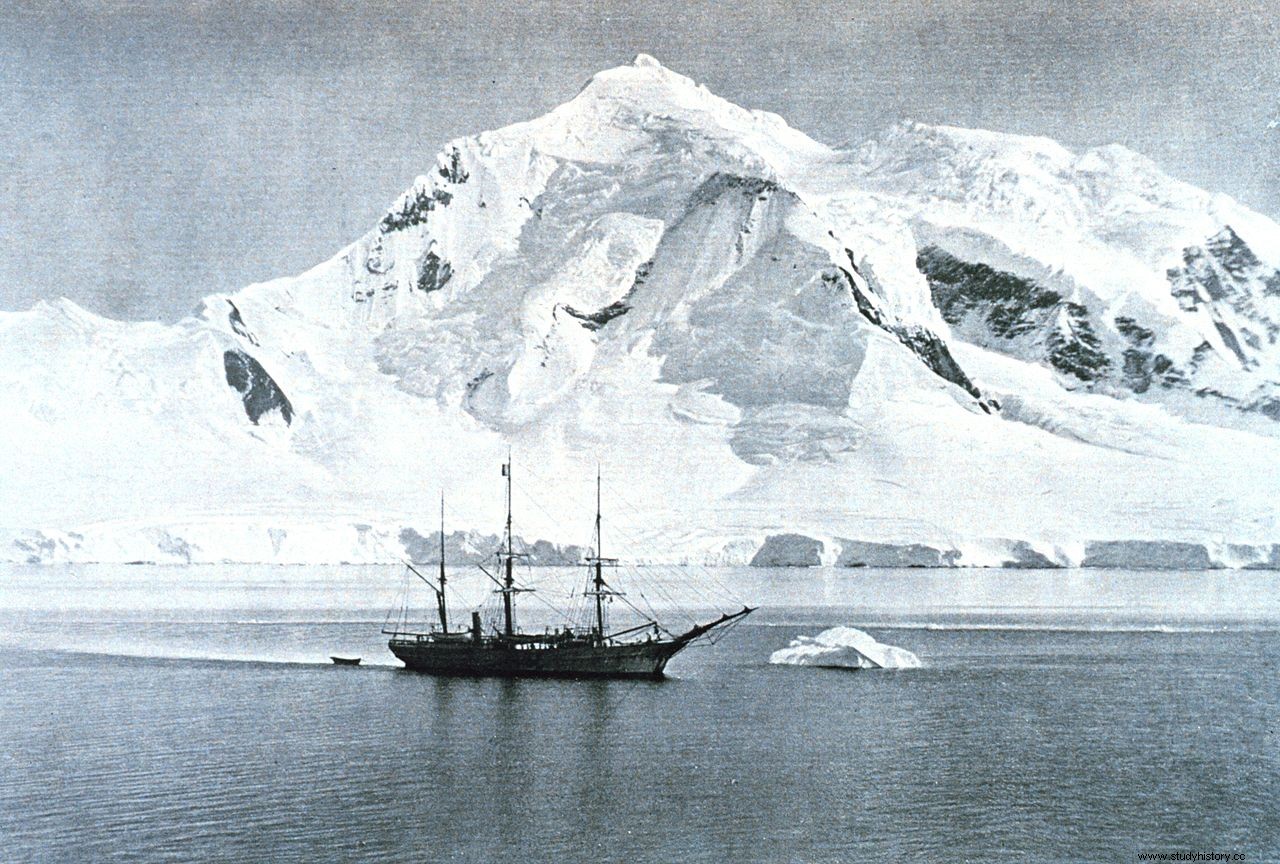
The Fram:
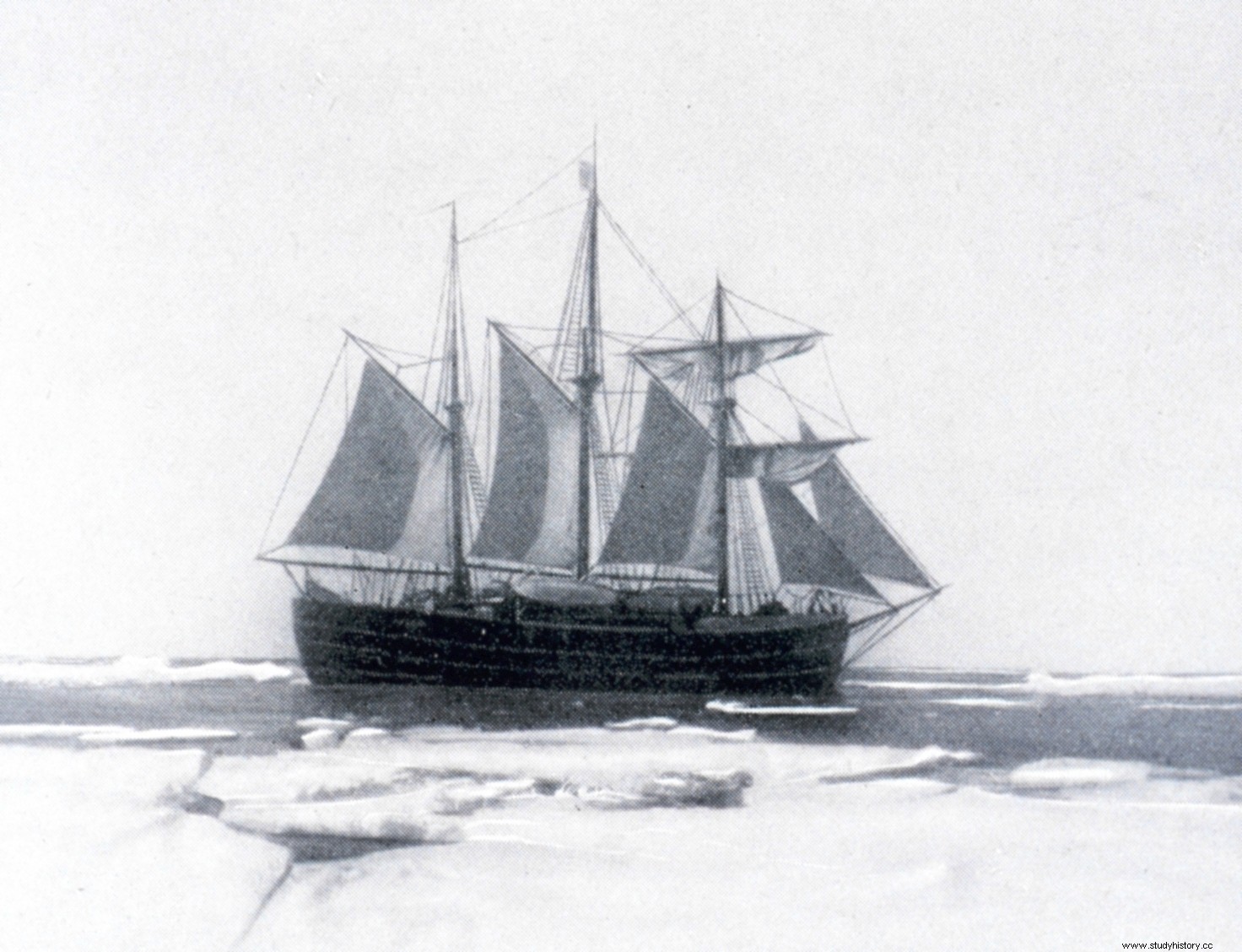
His life in a few dates:
1889:Fridtjof Nansen crosses Greenland on skis
1906:he is the first to cross the Northwest Passage
1911:he reaches the South Pole
1918:he obtains his pilot's license
Sources and references:
Larousse Encyclopedia online
They conquered the pole, Roald Amundsen, Robert Falcon Scott (2008)
The Very Rich Hours of Humanity, Stephan Zweig (2004)
North-West Passage (1999)
